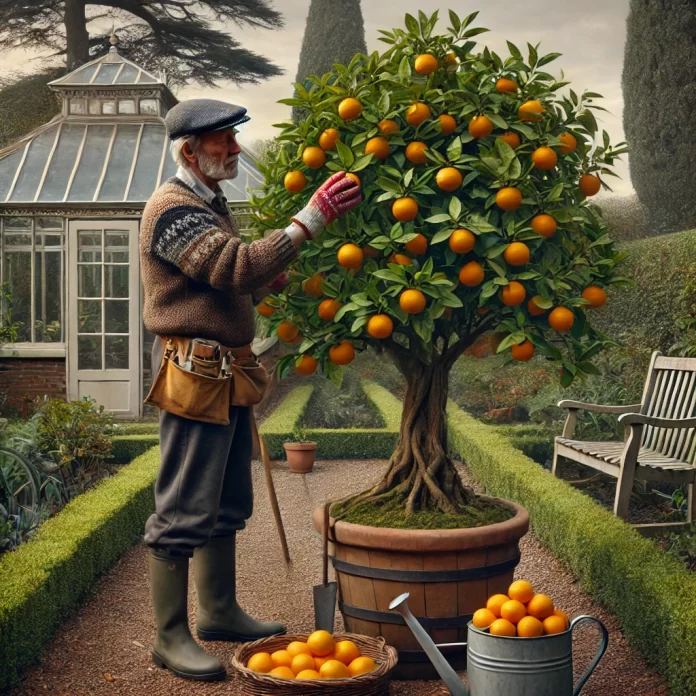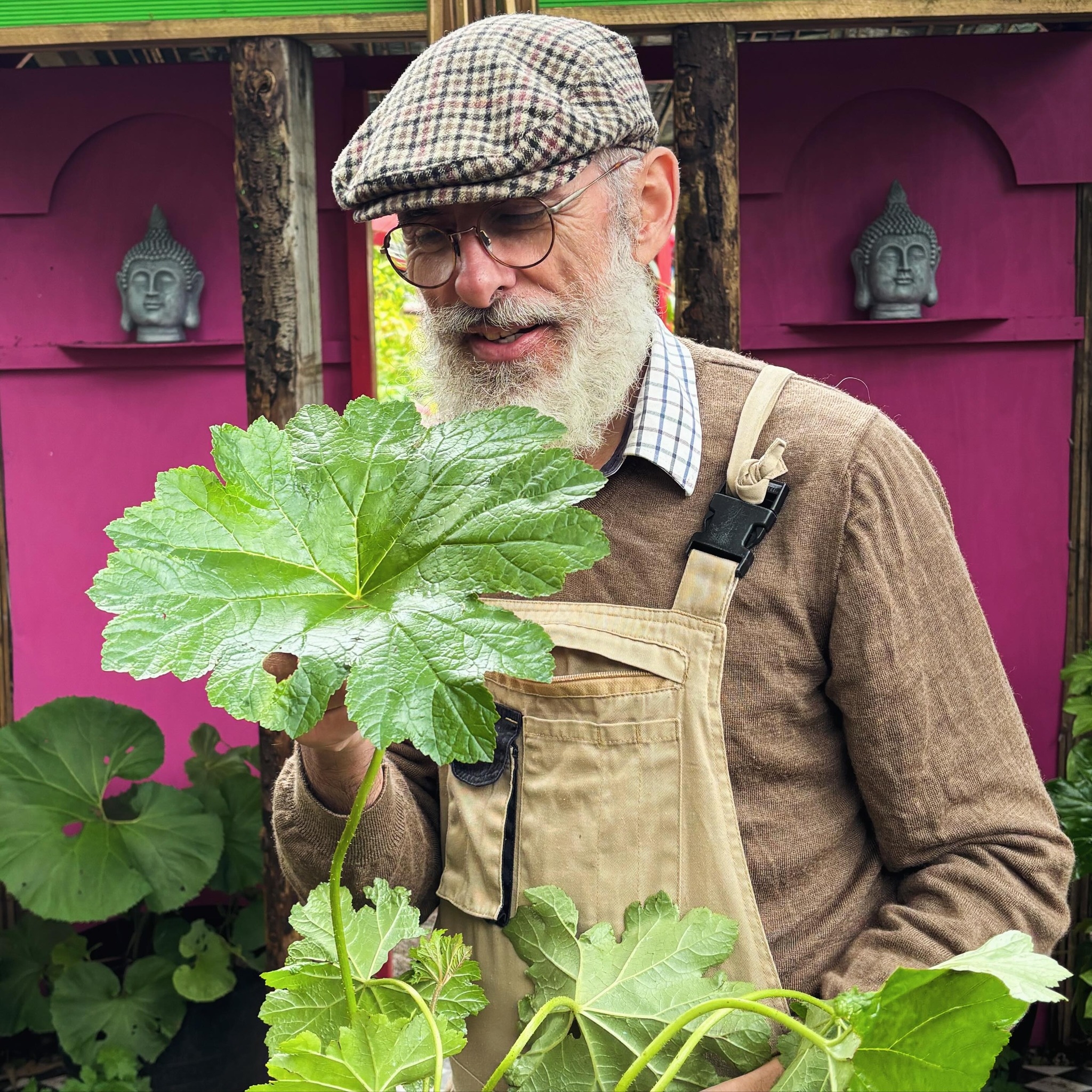Growing oranges in the UK can be challenging due to the cooler climate, but it’s possible with the right care and conditions. Here’s how you can do it:
Growing oranges in the UK is possible but challenging due to the climate. While you won’t get the same results as in warmer regions, it’s feasible to grow a small orange tree and even produce fruit with the right care. Here’s what to expect:
Can You Grow Oranges in the UK?
- Yes, but it requires effort and the right conditions.
- Hardy or decorative varieties like Calamondin oranges or Seville oranges (bitter oranges) are your best bet.
- Sweet oranges (e.g., Navel or Valencia) are less likely to thrive unless grown in a heated conservatory or greenhouse.
Tree Size and Growth Rate
- Orange trees grow slowly, typically reaching about 1.5–2 meters (5–6 feet) tall when grown in pots in the UK. They can be pruned to stay compact.
- Growth rates depend on conditions but expect around 10–20 cm of growth per year in optimal conditions.
- Full maturity can take 3–5 years.
How Long Before It Fruits?
- Most orange trees will start to produce flowers and fruit after 3–4 years, though this can vary based on variety and care.
- Fruit takes 6–12 months to ripen after flowering.
- In the UK, fruiting is less reliable due to lower sunlight levels, and the fruit may be smaller and less sweet than in warmer climates.
The Likely Outcome
- Decorative appeal: Orange trees are beautiful, with glossy leaves and fragrant white blossoms.
- Fruit production: You may get small crops of bitter oranges, especially from hardy varieties. Sweet orange trees are less likely to fruit reliably, but they can still be rewarding as an indoor-outdoor plant.
1. Choose the Right Variety
- Opt for hardy citrus varieties, such as Calamondin oranges or Seville oranges (bitter oranges), which are more cold-tolerant than sweet oranges.
- Dwarf varieties are ideal for container growing.
2. Container vs. Ground Planting
- In the UK, it’s best to grow oranges in containers so they can be moved indoors during cold months.
- Use large pots with good drainage.
3. Optimal Soil
- Use a well-draining, slightly acidic compost, such as a mix of John Innes No. 2 and grit or perlite.
- Citrus-specific compost is ideal.
4. Light Requirements
- Place the plant in a sunny, sheltered spot. Orange trees need 6–8 hours of sunlight daily.
- During winter, move the plant to a bright conservatory, greenhouse, or a sunny windowsill.
5. Temperature
- Oranges thrive in temperatures between 12–38°C.
- Keep the plant above 5°C during winter. Use fleece or a heater if grown in a greenhouse.
6. Watering
- Keep the soil consistently moist but not waterlogged.
- Reduce watering in winter, but don’t let the soil dry out completely.
7. Feeding
- Feed with a citrus fertilizer every two weeks from spring to autumn.
- In winter, reduce feeding to once a month with a balanced fertilizer.
8. Pruning
- Prune in late winter or early spring to shape the tree and remove dead or overcrowded growth.
9. Pollination
- If grown indoors, you may need to hand-pollinate the flowers using a soft brush to transfer pollen between blooms.
10. Pests and Problems
- Watch for pests like spider mites, scale insects, and mealybugs.
- Prevent overwatering to avoid root rot.
11. Harvesting
- Oranges typically take 6–12 months to mature.
- Harvest when fully colored and slightly soft to the touch.
Would you like advice on a specific variety or detailed information on winter care?




